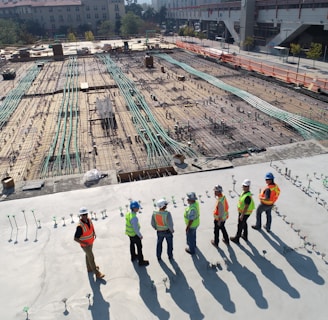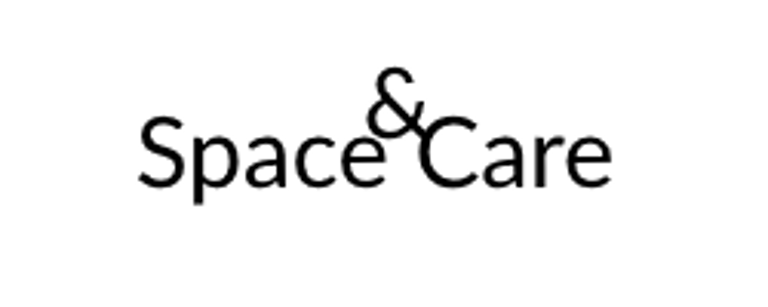Who’s Who, Part 2: Professionals Behind the Hospital Design
Hospitals and other healthcare facilities are built through the collaboration of different professionals, so it helps to have a Universal Design Language to ensure everyone is on the same page.
SPACE
Richard Lasam
1/22/20252 min read


1. Architects who are knowledgeable of the physical properties and proper spaces for human work efficiency and comfort. And, as healthcare design is not taught exhaustively in the undergraduate degree, a healthcare design specialist architect is someone who has had worked on many hospital and healthcare-related buildings and spaces. Because of experience, such a specialist knows how to make the facility more useful to the end-users. The architect designs the space based on the needs of the end-users, and will also create solutions in terms of sterility of spaces, fire safety, infection control, and effective energy use in relation to how the hospital operates, among other things.
2. Engineers and other specialist consultants who will design the proper systems to operate and make the healthcare facility functional. Working together with the architects, they calculate the needs of the physical structure to support heavy equipment, upper floors, elevator and escalator spaces, green spaces, and electrical requirements, among many other needs.
3. Policy makers and government officials tasked with managing the whole health system in terms of national direction and budget allocation. They’re the ones who know, say, how many beds a hospital or a cancer center needs based on where it will be built. As policy makers, they are aware of the budget, the population, and any existing recommendations from national or private directors. Is the hospital a public or a private one? Whether state-run or not, the healthcare facility answers to the needs of the city or province it serves.
The need for a UDL
As you can see, these are people of different educational backgrounds and training. That’s why there is a great need for the Universal Design Language.
Building a healthcare facility does not involve just architects, engineers, and policy makers, but all stakeholders, including end-users (those who own and run the facility are end-users, too!). Not to mention the time span involved in completing the project: most hospitals need a long time to build and renovate—because the services a hospital offers tend to develop as the years of operation go by. Hence, the people who may have been part of the first meeting to build the facility may not be the same ones later on. It helps that the plans are written in a language that people of different backgrounds—including future stakeholders—can understand.
Now that I have written about the end-users of the healthcare facilities, let’s delve into the professionals involved in providing solutions through the design of the buildings.
